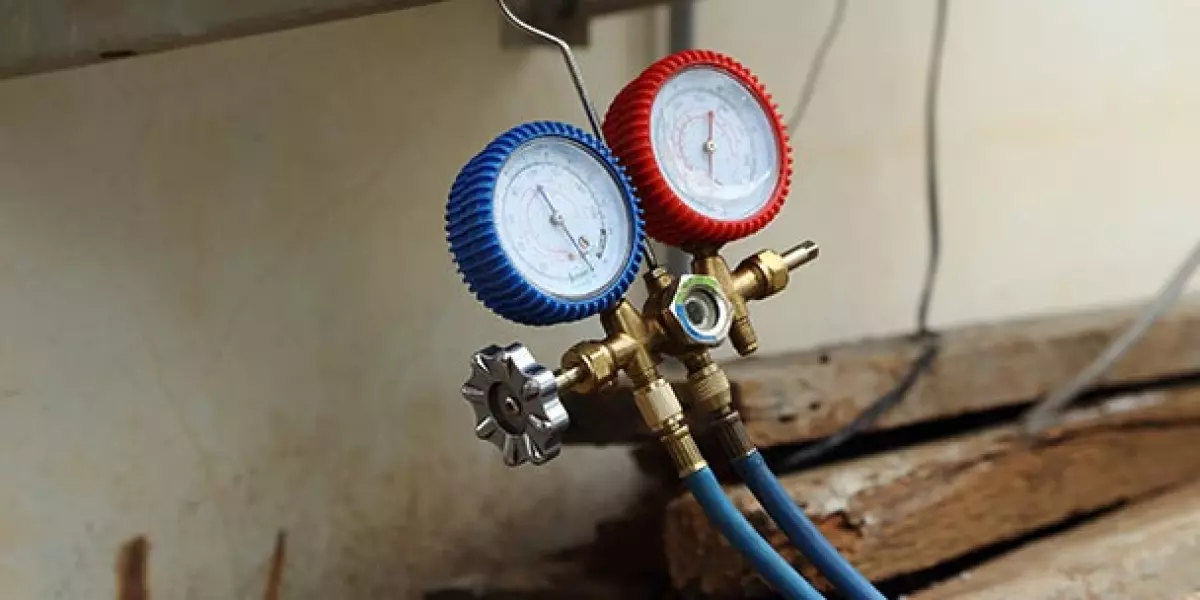
If you're like most people, you rely on your air conditioner in the summer to keep you cool and comfortable. Whether it's in your car or home, many air conditioners manufactured before 2003 use Freon as the refrigerant that cools the warm air. But what exactly is Freon, and why is it important to know about its usage in your air conditioning units?
The History of Freon
Freon, also known as R-22, is a chlorofluorocarbon (CFC) that has been used as a refrigerant for many years. However, it has been linked to ozone depletion, leading to its phased-out use. The journey of Freon began in the 1920s when General Motors formed a team to find a safer alternative to the dangerous and flammable CFCs. In 1930, GM and DuPont came together to produce Freon, a colorless gas that became widely used in refrigeration and aerosol cans.
In 1974, the United States banned the use of CFCs in aerosol cans, thanks to a researcher at the University of California who hypothesized their negative impact on the ozone layer. The Montreal Protocol established in 1987 aimed to phase out CFCs globally. However, even though Freon itself is highly regulated and restricted, older appliances still use and release this harmful gas.
Uses of Freon
Freon is not only used in air conditioning units but also in upright and chest freezers, commercial and industrial appliances related to food transportation and cold storage warehouses, and even dehumidifiers. To identify the coolant used in your AC system, check the nameplate, which provides information on safety certifications, electrical ratings, and coolant type.
How Freon Works
In an AC unit, there is a system of coils and compressors. The AC compresses the R-22 gas, making it very hot. As this gas moves through the coils, it cools down to a liquid form. In this state, the cooled R-22 absorbs the heat from the outside air and pushes out cold air. This continuous cycle of hot air in and cold air out provides comfort in your home and car.
The Montreal Protocol and Freon
As part of the Montreal Protocol, the United States committed to reducing its consumption of CFCs, including Freon. By January 1, 2020, the usage of Freon needs to be at least 99.5 percent below its baseline use. Currently, Freon must be recovered and recycled from older systems, and its production for new equipment ceased in 2010. After 2020, recycled products will be the only source of Freon.
Freon at Home
If your air conditioning system was manufactured after 2003, it is likely that a safer refrigerant is being used. With the phase-out of Freon, it may become more expensive to use, prompting homeowners to replace older AC models with more ozone-friendly options. Not only will this decrease repair costs, but it will also provide more efficient cooling and heating, resulting in lower utility bills.
While it is not mandatory to stop using R-22, the extended phase-out period allows homeowners to make the switch as their appliances age. If you own an item that uses R-22, it is essential to properly maintain it to minimize its environmental impact until you are ready to replace it. Repair any leaks rather than just adding more coolant.
Freon Disposal
Proper disposal of items containing Freon is crucial. Retailers often remove older units when installing new ones. Some scrap yards and landfills may require proof of refrigerant removal before accepting an item. Ensure that the technician handling Freon removal is trained, and never attempt to cut refrigerant lines or remove a compressor yourself. Taking care of Freon before its release into the atmosphere is vital for the environment.
By understanding the history, usage, and impact of Freon, you can make informed decisions about your air conditioning units, ensuring both your comfort and the well-being of the planet.

















